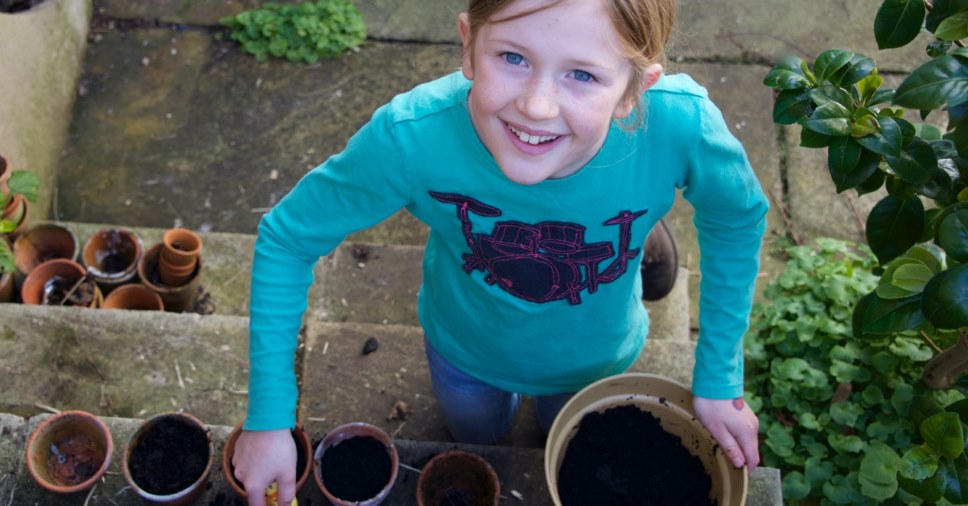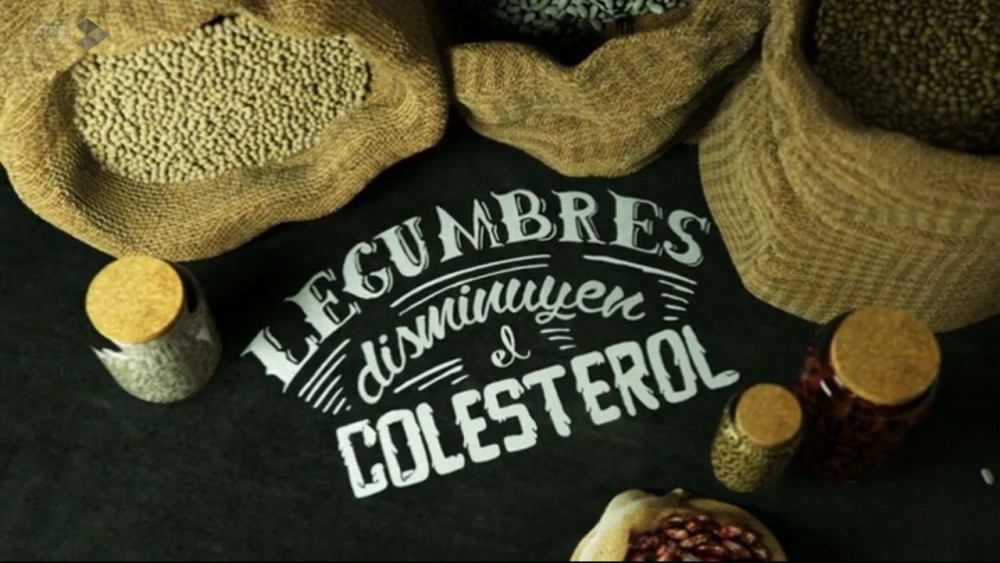- Details
Dubai: April 4, 2016: The Global Pulse Confederation (GPC) and its Partners around the world continue their celebrations of the UN-declared International Year of Pulses with the launch today of the World’s Greatest Pulse Dishes, a collection of 60+ pulse-based recipes submitted by countries around the world as their contribution to the Year.
Following the successful launch of the International Year of Pulses in January by the United Nations and the global commemoration of #PulseFeast on January 6 that saw over 140 events taking place worldwide, the launch of the World’s Greatest Pulse Dishes marks another important celebration of the International Year of Pulses.
Cooked, fried, boiled, mixed with the most unexpected ingredients, bean, peas, lentils and chickpeas from all over the world are showcased on www.pulses.org. Discover and share these unique dishes with recipes, photos, and video animations. “The World’s Greatest Pulse Dishes will inspire people around the world about the amazing versatility of pulses. To make all the best varieties accessible and more desirable we’ve developed Amìo, a brand that wants to help people enjoy everything pulses have to offer. In my country, Greece, we have been using pulses since antiquity and would love to have more people use our traditional recipes, like lentil soup, but at the same time to add their own personal and creative touch to the same dish,”says Theodore Margellos, CEO of Ilta Alimentare and GPC member.
Thanks to Ilta Alimentare, the recipe collection was complemented with gorgeous photography and fun video animations to encourage people to be creative with their cooking and use pulses for better, health, nutrition and the environment.
The website www.pulses.org has a total collection of 300 recipes, including recipes from chefs named “Gourmet Gurus”, which can be shared on social media. The site also provides tips on how to cook with pulses at home, on the benefits of incorporating pulses in everyone’s diet, and has vast resources on sustainability benefits of growing and eating pulses. “We want to encourage people to be more curious about when and how they eat pulses, be versatile about their use and eventually be more innovative when developing new dishes containing pulses as core ingredients,” says Huseyin Arslan, President of the Global Pulse Confederation.
‘Pulses’ are the edible dried seeds of legume crops that include beans, peas, chickpeas and lentils. Pulses can help improve human health and well-being including diabetes prevention and control, reductions in heart disease and cholesterol. They are a high fibre, low fat source of protein, containing important vitamins and minerals like iron, potassium, and folate.
Eating pulses is an essential part of a healthy and sustainable lifestyle!
END
Notes to editors
- The Global Pulse Confederation (GPC) is the global not for profit trade organization for the global pulse industry value chain. As the sole international confederation for the industry, it enjoys membership from 18 national associations (federations) and over 600 private sector members in an industry worth over $100 Billion at the retail level and over 60 million tonnes of pulse production and distribution in over 55 countries. GPC is headquartered in Dubai http://iyp2016.org/about-us/global-pulse-confederation-cicils-iptic
- UN Assembly Resolution on the 2016 International Year of the Pulses: http://www.un.org/en/ga/search/view_doc.asp?symbol=A/RES/68/231&Lang=E
Upcoming Activities
- For recipes, nutrition and health information please visit: www.pulses.org or follow #LovePulses on Facebook, Twitter, Instagram, Pinterest and YouTube.
- For industry news on IYP go to www.iyp2016.org
Promotion on Social Media
Official campaign hashtags: #LovePulses
Dedicated pulse recipe hashtag #PulseRecipes
UN International Year of Pulses hashtag: #IYP2016
Handle: @LovePulses
- Details
This article was written by Jenny Chandler for Friends of the Earth.
Read the original here.
 The Easter holidays are with us, and my daughter Imi and I have just planted some magic beans.
The Easter holidays are with us, and my daughter Imi and I have just planted some magic beans.
Imi (aged 9) and I needed a cheap, fun activity for the holidays.
So when we heard about the Friends of The Earth Pulse Race we jumped at the chance to get involved. The idea is to plant a bean or pea seed and then the race is on to produce the first edible pulse. 2016 is the United Nations’ International Year of Pulses and, as a serious legume enthusiast, I’m all for shouting about these often undervalued ingredients. Beans have the added benefit of being quick and easy to grow, making a great project for kids. So where better to start than by growing our own?
If we were highly competitive we’d have gone for a naturally earlier-maturing broad bean, or a garden pea rather than a runner bean, but we just happen to have a jar of seeds - or what Imi calls “Magic Beans”.
So what are pulses?
They're a healthy, cheap, sustainable source of energy and, best of all, they taste fantastic too. They really are pretty magical. It may seem bonkers, but it wasn’t until we began sprouting lentils, chickpeas and beans to sprinkle into salads that I thought of all those legumes in the bins at the health food shop, or in the bags stacked on the supermarket shelf, as dormant seeds.
What a feat of nature that those dry beans can burst back into life given the right conditions to germinate. Growing a bean that has been specially bred for planting is still the best way forward for family gardeners though. It is fascinating for a child (and many of us adults too) to make the connection between plant, seed and food on the plate.
Want to grow easy vegetables? Try magic beans...
We’ve inherited our “magic beans” from Imi’s grandfather, who used to grow row upon row of runners on his allotment before he passed away. We’d eat steamed beans, stir-fried beans, curried beans, runner bean chutney, frittata, and so it went on for weeks; he couldn’t pick them quickly enough. This year we’ll nurture just half a dozen plants in the tiny walled garden at the back of our city house and rejoice if we have enough beans for one tasty, nutritious meal. The fact that the orange flowers are as beautiful as anything else in the flower bed (and a great source of food for bees) just comes as a bonus.
After some enthusiastic planting at the weekend, the pots are lined up on the window sill, and Dad has been donated a couple of seeds too in case he was feeling left out. We’ll keep you up to date with our progress but why not join in with the Great Pulse Race too and get gardening with your children? You can win a copy of my book, Pulse, and a host of other tasty prizes.
Don't miss out on more healthy family food tips
If you've ever wondered what pulses to buy for your cupboards, or hunted for tips for cooking great lentils, keep an eye out. Over the next few months I’m going to share more recipes and ramblings, preparation tips and random facts; I hope to lure you - and the kids - into the kitchen and leave you, quite literally, full of beans. Make sure you're the first to get your hands on these exclusive offerings by signing up to Eat Better with us.
- Details
In this fourth episode of TARGET: Zero Hunger, the UNFAO walks us through some fertile ground by digging into the ideas and perceptions concerning one of our world’s most powerful super foods.The UNFAO explores why pulses have become an orphan crop as they talk to people trying hard to change that.
We hear Paulina Ceballos from the Global Pulse Confederation explain the trouble with the word "pulse" and why we should celebrate the international year; food critic and writer Saúl Cepeda speak about the culture of pulses in modern cuisine; farmer and board member to the World Farmers Organization, Fritz Glauser, explains the benefits of planting pulses; FAO's Teodardo Calles explains why pulses are good for food security and sheds light on an interesting fact about the international trade of pulses crops.
Listen to the Podcast here.
- Details
 La serie de Antena 3 “Mitos de los Alimentos”, realizada por el prestigioso cocinero Alberto Chicote, ha dedicado su segundo programa a lo que denominan “Superalimentos”: alimentos que consumimos diariamente y que tienen propiedades beneficiosas para la salud, que muchas veces se desconocen. El programa intenta demostrar de forma “científica”, a través de pruebas realizadas por investigadores y nutricionistas, que estos alimentos dan ese beneficio concreto para el que las consume.
La serie de Antena 3 “Mitos de los Alimentos”, realizada por el prestigioso cocinero Alberto Chicote, ha dedicado su segundo programa a lo que denominan “Superalimentos”: alimentos que consumimos diariamente y que tienen propiedades beneficiosas para la salud, que muchas veces se desconocen. El programa intenta demostrar de forma “científica”, a través de pruebas realizadas por investigadores y nutricionistas, que estos alimentos dan ese beneficio concreto para el que las consume.
El programa comienza con una mujer comiendo legumbres y Alberto Chicote afirmando “se está cuidando el corazón”. Así, la cualidad de las legumbres que se quiere mostrar es que ayuda a bajar el colesterol, entre otros beneficios para el corazón. Además se analizan otros superalimentos como el cacao (refuerza los dientes y agiliza la mente), tomate (previene las quemaduras solares), brócoli (protege la vista del sol), Aceite de Oliva virgen extra (fortalece los huesos y elimina grasas), pescado azul (combate el estrés), pasta (aumenta el rendimiento deportivo), pasas (favorecen la recuperación muscular), naranjas (retrasa el envejecimiento), café (evita la fatiga al volante).
En el reportaje se afirma que los científicos han demostrado que las legumbres reducen el colesterol y, para probarlo, realizan un análisis de sangre a un grupo de 8 personas con el colesterol alto. El cardiólogo Ignacio Fernández Lozano, Jefe de la sección de arritmias del Hospital Puerta de Hierro de Majadahonda (Madrid) controla el análisis que da, de media del grupo, un colesterol de 205 (la recomendación es 200) y el llamado colesterol “malo” está en 112. Los voluntarios comen 3 veces por semana legumbres durante dos meses para intentar bajar un 8% su colesterol. Pasado el plazo se realizan nuevos análisis y el colesterol total baja a 185, un 10% menos, y el malo a 101, otro 10%. Además, se añade un comentario del doctor Fernández Lozano que habla de las propiedades de las legumbres con su alto contenido en proteínas, fibra y carbohidratos, ayudando a controlar el peso y a sufrir menos infartos.
En este link podéis ver el programa completo y en el minuto 41,30 la parte dedicada a las legumbres:
Nosotros ya sabíamos que las legumbres son un “superalimento” y ahora Chicote y los telespectadores también.
